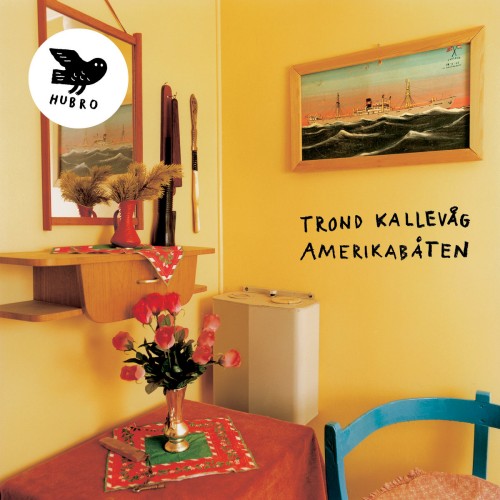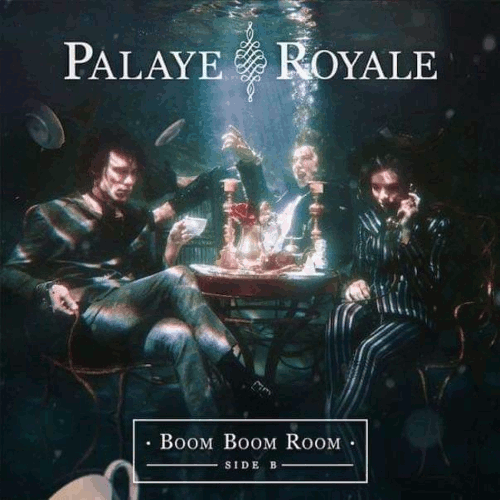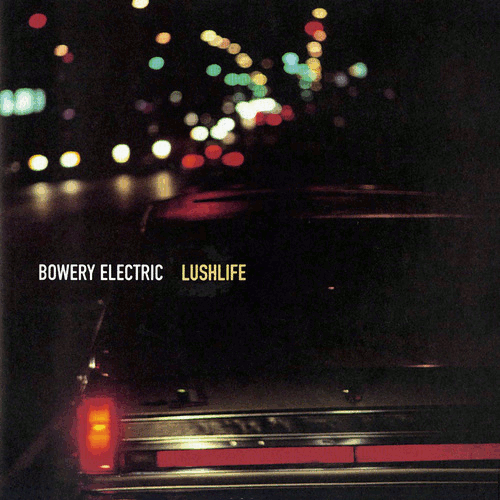 Maja SK Ratkje‘s latest album for Rune Grammofon is a really intriguing piece. Written for the Norwegian National Ballet‘s interpretation of Knut Hamsen‘s breakthrough novel Hunger, it is entirely centred around a modified pump organ.
Maja SK Ratkje‘s latest album for Rune Grammofon is a really intriguing piece. Written for the Norwegian National Ballet‘s interpretation of Knut Hamsen‘s breakthrough novel Hunger, it is entirely centred around a modified pump organ.
The device was something that she played every night live on stage with the ballet, and that is an incredible feat when you read the spec: “…a modified, wiggly and out of tune pump organ… Metal tubes, PVC tubes and a wind machine were built in… guitar strings, a bass string, a resin thread, metal and glass percussion and a bow were also utilized”. I can’t even imagine what sort of spectacle that must have been; one slight musician, singing, playing, banging and scraping, both legs and both arms churning away in unison. Apparently, she had little experience with the machine and had to learn as she went along, nightly on stage.
If that isn’t enough to make you want to hear it, the music itself is really rather good. All titles are sentences taken from the Norwegian script of the book and describe certain elements of the life of the protagonist. We are introduced to the slow, melancholic sound of the pump organ, but although the overall tone of the tale is struggle, there is a speck of hope in the uplifting chord changes. The notes clash and you can hear the mechanism of the organ as if it were a living thing. Somehow, a submerged, eerie sort of growl is produced coursing through like an electrical current. Over the top, Maja introduces her voice, which is a sweetly toned and clear thing that is capable of descending to surprising depths when needs must. It moves effortlessly in tandem with the organ, which pops and clicks, roaring uncannily like an underground train. There is more movement as things progress and the sound of a chase, the organ run constantly weaving as the voice dances acrobatically, pursuing the music wherever it goes. Some of the off-pitch screams that accompany this pursuit are more than a little disconcerting; they don’t really sound human, but it is either Maja or the organ combo and I wouldn’t like to guess at which. After a lovely, pure whistling interlude, things take a turn for the unbalanced. They become more turbulent, and you can almost imagine the organ as some tiny little vessel at the mercy of crashing waves and devilish rocks. The instrument sounds clash and grow loud and a little discordant, and overall things swell to a rather manic and disconcerting crescendo until things settle down with a return to the opening motif.Just for the fact that Maja Ratkje has produced the instrument on which this has all been played is reason enough to check it out, but the characterisation and involvement of the story is equally impressive. The more you listen, the more you hear, and there can be no better reason for immersing yourself in Sult.
-Mr Olivetti-



